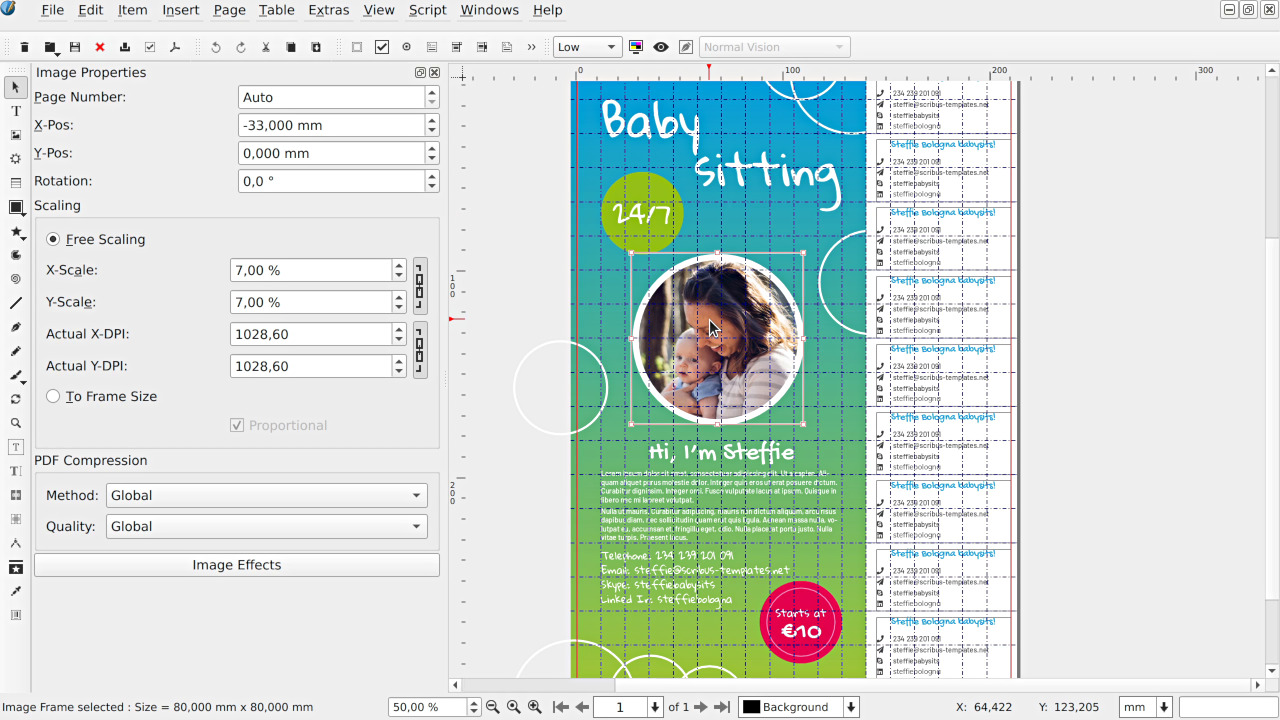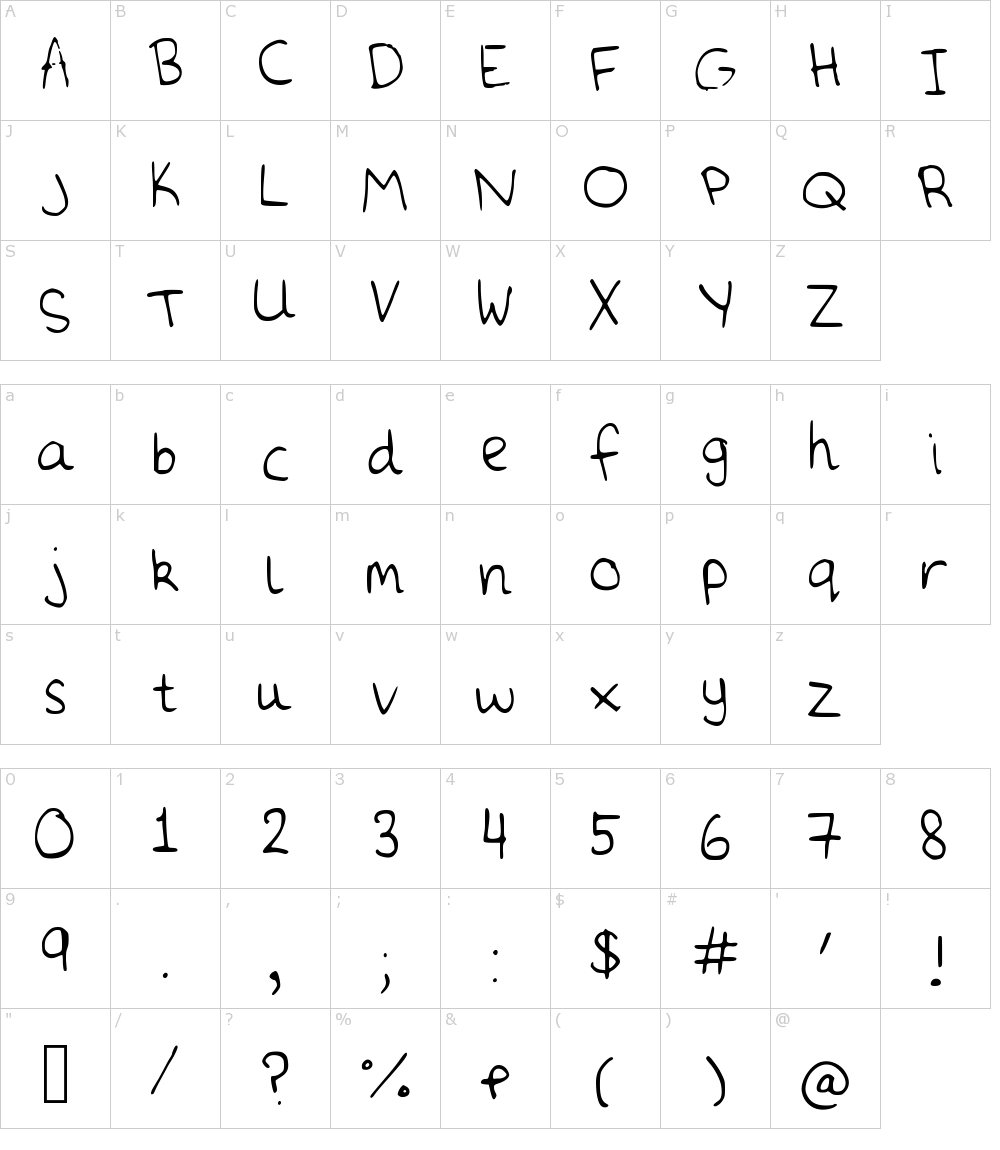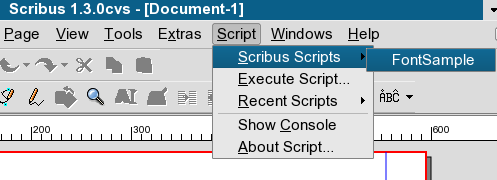
To import text from a separate file, right-click the text frame, find the Content submenu, and choose Get Text (or just press Ctrl+I on your keyboard).Īlternately, you can double-click the text frame to add or edit text manually. Scribus doesn't assume that you will manually type your text into the text frame because, in some workflows, a copy editor manages the text (called "copy" in the publishing industry) well before layout begins. Click and drag to define the region for your text to appear. To add text, click the Text Frame button in the top toolbar or press T on your keyboard. You draw a frame, import your text, and then manage the shape of the frame as your layout demands. Sometimes, when I'm concentrating on copy, I turn off image previews entirely, so I don't ever have to wait for graphics to render.Īdding text to Scribus is surprisingly similar to adding graphics. You can also adjust how Scribus displays the images while you work. The benefit is that you can have page after page of huge graphics in your book, but your Scribus file hardly grows at all. Here is an important feature of Scribus: it doesn't import graphics into your document it only points to those graphics on your hard drive.

However, you can adjust image frames and image sizes at any point during layout, so use whatever method is easiest and most natural for you. Adding the frames manually provides me with greater flexibility upfront. I consider this sublimely simple method an "alternate" method because when I'm doing page layout, it's rare that all the graphics I want to add are perfectly sized for my intended layout.

Scribus links to the image and creates a frame for you. Choose the image you want to add to the frame.Īn alternate method to this process is to just drag-and-drop an image from your file manager onto a Scribus page. Once you've drawn the frame representing where your image is meant to appear, right-click on it, select the Content menu, and choose Get Image (or just double-click on the frame, or press Ctrl+I on your keyboard). The term frame doesn't mean there will actually be a picture frame around your graphic it's just the term Scribus uses to indicate that you're creating space in which an image will be visible. With the Image Frame tool active, click and drag to create a frame for the graphic you want to insert into your document.
#Scribus fonts preview free
#Scribus fonts preview pdf
However, if you're producing a book for print, then at least one of your targets must be PDF (or at least Postscript) because that's what printers use.
#Scribus fonts preview archive
You can produce books for online distribution as a comic book archive or djvu file, Epub, or even good old HTML. There are different tools for different jobs, but there can be a lot of overlap.

When you're a computer nerd like me, though, you have easier access to a computer than you do scissors and glue, and my first choice for desktop publishing with open source is Scribus. Once everything has been laid out, each page is scanned and printed on a copy machine, and distributed to comic book stores, used book stores, Infoshops, and libraries. Zines are usually created by cutting out blocks of text and graphics and literally pasting them to a master page. Filled with self-published booklets that are too niche, too quirky, or just too individual for any company to spend money on producing, zines are produced by one or two people who have something to say and want to express themselves through text and graphics. One of my favorite shelves at my local comic book store is the zine rack.


 0 kommentar(er)
0 kommentar(er)
